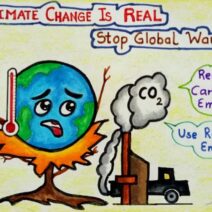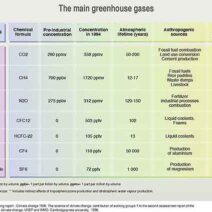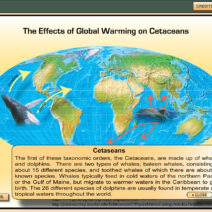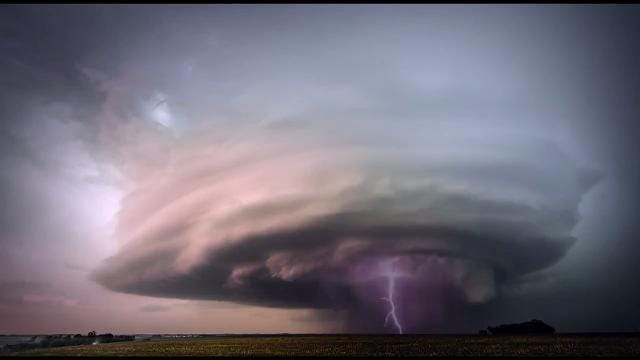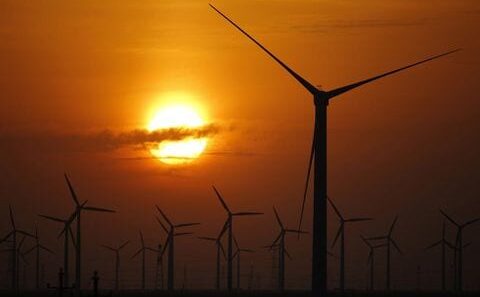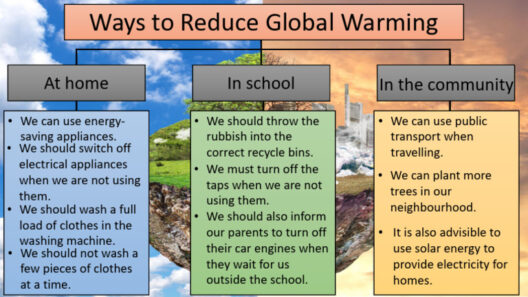Global warming is usually associated with rising temperatures and extreme heatwaves, but it has an equally dramatic impact on winter weather patterns. The chilling truth is that climate change is disrupting the traditional dynamics of cold weather while simultaneously causing unexpected anomalies that many are unprepared to face. This article delves into the often-overlooked relationship between global warming and winter weather, illuminating the profound consequences that are unfolding before our eyes.
As the Earth’s average temperature continues to rise, one might assume that winters would become milder in all regions. However, the reality is more complex. The polar regions are warming at an alarming pace, which is leading to a disruption of long-standing atmospheric patterns. A thorough examination of these phenomena reveals that global warming is not merely resulting in softer winters; it is engendering chaotic and unpredictable weather events that challenge our expectations of the winter season.
The Unexpected Effect of Polar Warming
One of the most startling consequences of climate change is the way it affects polar vortices. The polar vortex is a large area of low pressure and cold air surrounding the poles. Normally, this air remains contained, ensuring stable and cold winter weather in many parts of the world. However, as Arctic temperatures rise, the polar vortex can become unstable, allowing cold air to plunge southward into areas that may not be accustomed to harsh winters.
When the polar vortex strengthens, it can lead to tighter and more consistent cold air patterns. Conversely, when it weakens, it can create opportunities for warmer air from the south to encroach upon exacerbated winter conditions. Reports of extreme snowfall in areas typically characterized by milder weather serve as a testament to this unpredictability. In fact, regions that traditionally bask in moderate winter temperatures may soon find themselves grappling with crippling snowstorms and icy conditions.
Moreover, the elevation of Arctic temperatures can slow down the jet stream—an influential atmospheric current that plays a crucial role in weather patterns. A weakened or wavering jet stream results in prolonged periods of severe weather. Winter storms may linger longer, or cold air may become trapped in southern latitudes, leading to chilling outcomes for urban and rural communities alike.
Winter Extremes: A Double-Edged Sword
The consequences of global warming on winter weather manifest not only as colder temperatures but also as peculiar fluctuations that can bring undue stresses on the environment, infrastructure, and public safety. In the face of unpredictable winter weather, communities are forced to adapt or face dire repercussions.
Increased precipitation is another alarming trend tied to climate change. Warmer temperatures influence the amount of moisture that the atmosphere can hold, leading to heavier snowfalls in some areas. The burgeoning unpredictability of precipitation patterns means that regions may face both droughts and deluges—sometimes within the same winter season. Snowmelt may occur earlier in the year, further compounding the risks of flooding, soil erosion, and habitat disruption.
The ramifications extend to agriculture. Farmers rely on predictable weather patterns to maximize their yields. Unseasonably warm or cold conditions can disrupt growth cycles, leading to crop failures or reduced harvests. In a world where food security is an ever-pressing concern, such irregularities could have far-reaching consequences on local economies and global food supply chains.
Snowfall and Air Quality: A Hidden Threat
Another lesser-known yet equally concerning aspect of the winter weather conundrum is the interaction between snowfall and air quality. Excess snowfall can lead to the accumulation of pollutants. As snow melts, it can wash contaminants from urban areas into waterways, affecting ecosystems and human health. Rainfall can wash pollutants into rivers that then flow into oceans and streams, lessening overall water quality.
Furthermore, inversions—where a layer of warm air traps cold air close to the ground—can occur more frequently with heightened precipitation. These inversions can trap pollutants closer to the surface, seriously impacting air quality and contributing to respiratory ailments among vulnerable populations. The entanglement of weather anomalies and public health issues showcases the extensive impact of climate change on our day-to-day reality.
A Changing Perspective on Winters
As we begin to grapple with these realities, it is imperative to foster a shift in perspective regarding winter weather. It is no longer merely a season of cold and snow but a complex interplay of global systems influenced by human activity. Recognizing the nuanced interdependencies within nature can empower individuals and communities to advocate for substantial changes in policy, sustainability practices, and climate action.
Moreover, cultivating awareness about the urgent implications of global warming on seasonal transitions can drive dialogue and encourage proactive engagement. Fostering climate resilience must become a priority, calling forth collective action to both mitigate and adapt to the unpredictable nature of winter weather.
The chilling truth about global warming and its modification of winter weather speaks to a profound sense of urgency. As we face the myriad of surprises that climate change has in store, it challenges us to rethink our approach towards nature, weather, and ultimately, our very survival on this planet. It is time to embrace this reality and proactive solutions to safeguard our winters—and our future.
